<code>
Hello, and welcome to my coding and data science projects page!
Project #1: Friskybunnies.com
Whoa, how meta! I made this site with React, WebGL, p5.js, Procreate, and responsive CSS, with deployment through Netlify.
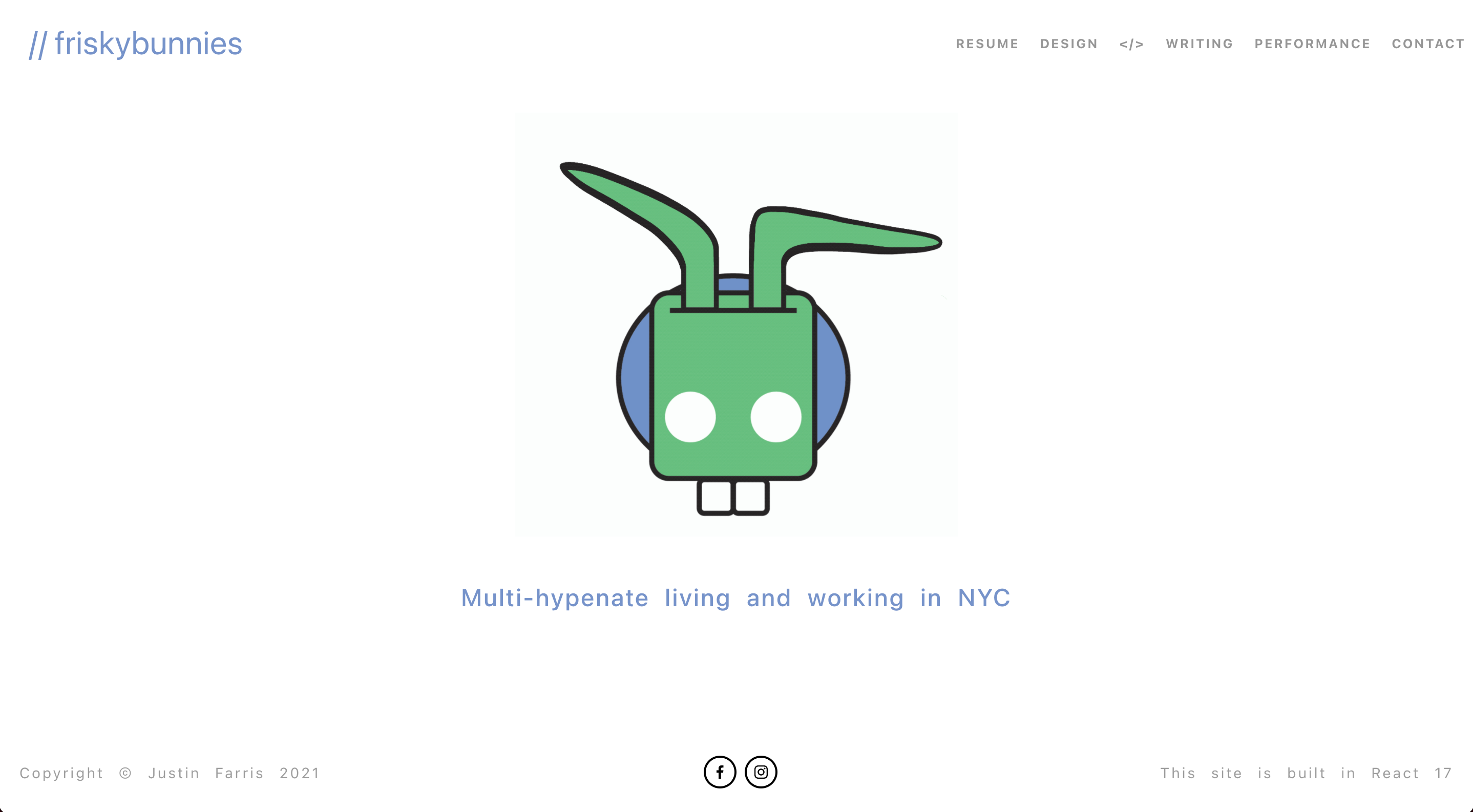
Project #2: G-MAFIA BAT mean-variance portfolio optimization using Sharpe ratio and Markowitz efficient frontier
For this project, I used CVXOPT package interfaces in Python to explore modern portfolio theory by boiling down linear algebra, convex optimization, and quadratic and cone programming into a set of functions for mean-variance optimization on a portfolio consisting of G-MAFIA BAT companies. To access financial data, I used stand-ins for the discontinued Yahoo Finance API, including pandas_datareader and yfinance. I made my visualizations with Matplotlib and Seaborn and determined an optimal portfolio using the Sharpe ratio and the Markowitz efficient frontier. I captured all of this in a Jupyter notebook, with LaTeX and Markdown for formatting. Check out the code on my Github page, here.
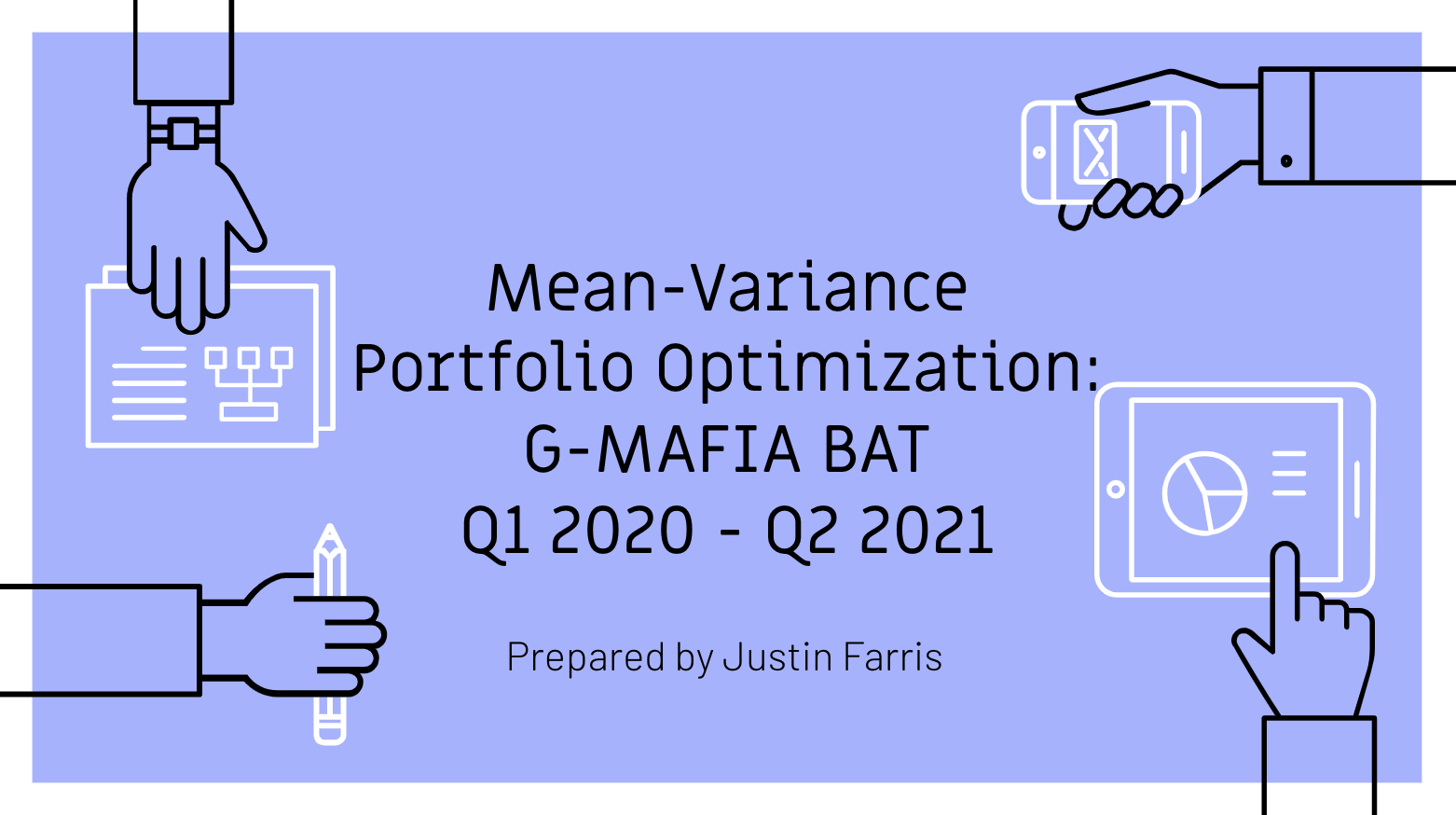
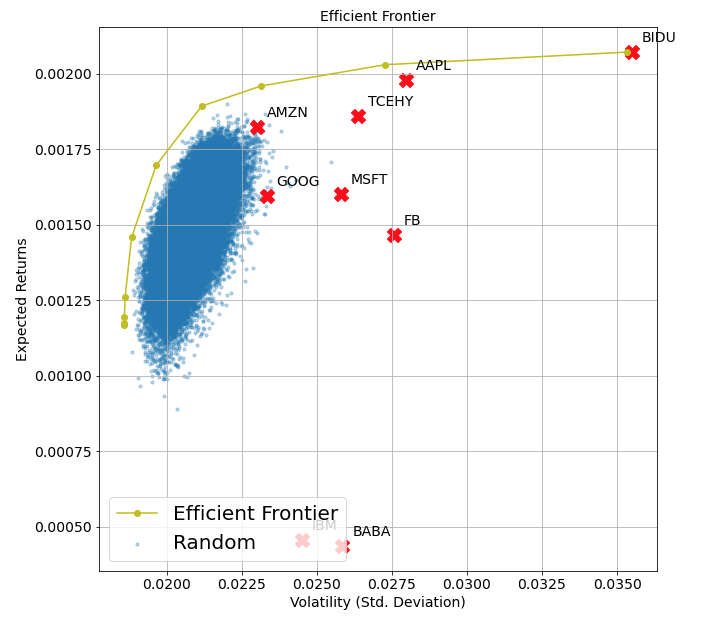
Project #3: Phosphorus and Recombine
In early 2014, I was hired to Recombine's Engineering team on contract, and though my next steps took me into marketing at both Recombine and Phosphorus (related companies), I designed for both websites throughout my time there, eventually coming to manage the Phosphorus website with an ensemble of contracted developers and designers. My work can be seen especially in the branding, iconography, and layout. Recombine was built using vanilla front-end technologies and deployed on Heroku, while Phosphorus was a custom theme built on top of a Wordpress CMS with a PHP backend. After a series of acquisitions and pivots, Recombine.com is now defunct (currently operating as CooperGenomics) and Phosphorus has been rebranded, but you can find archived images of both during my time there on Wayback Machine.
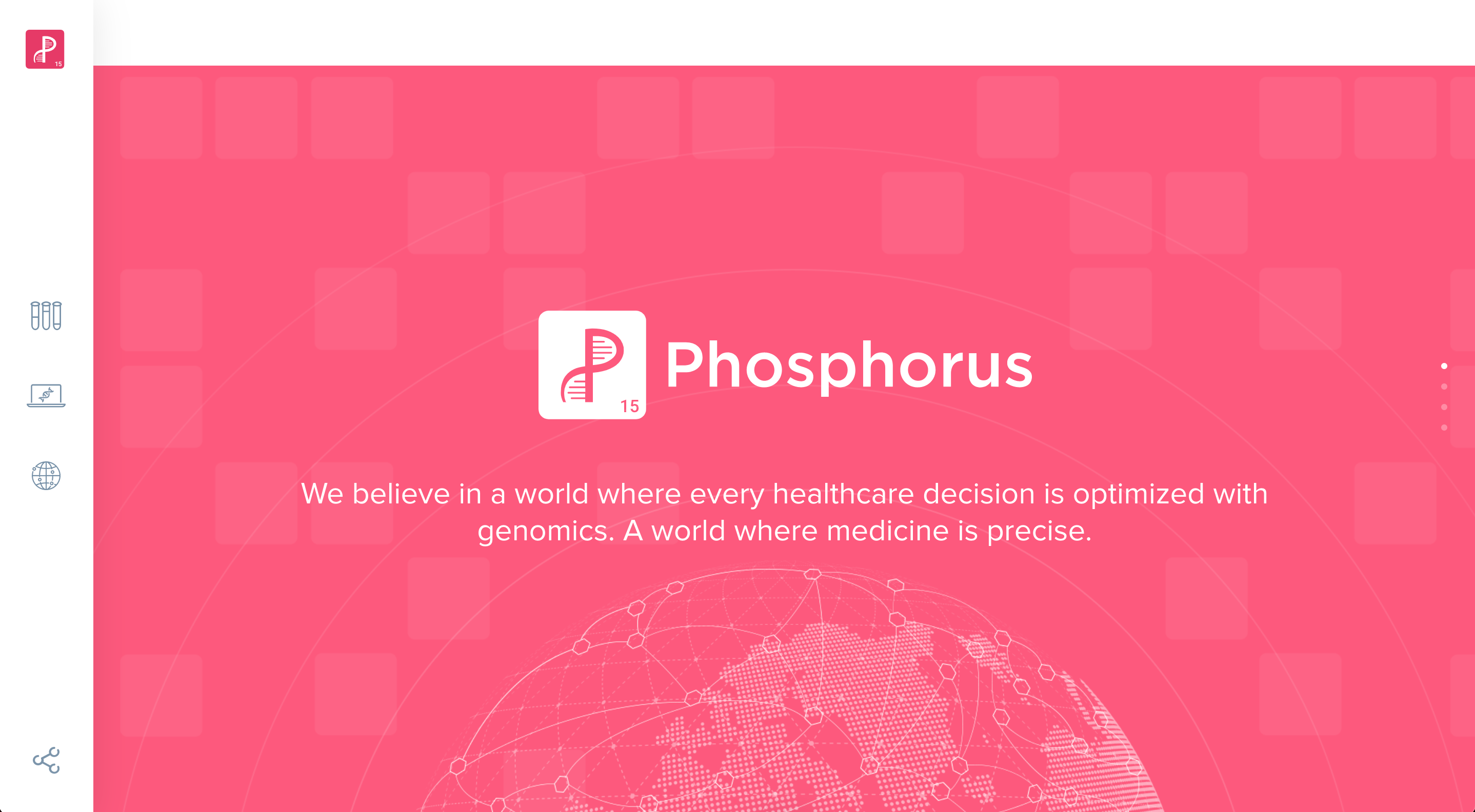
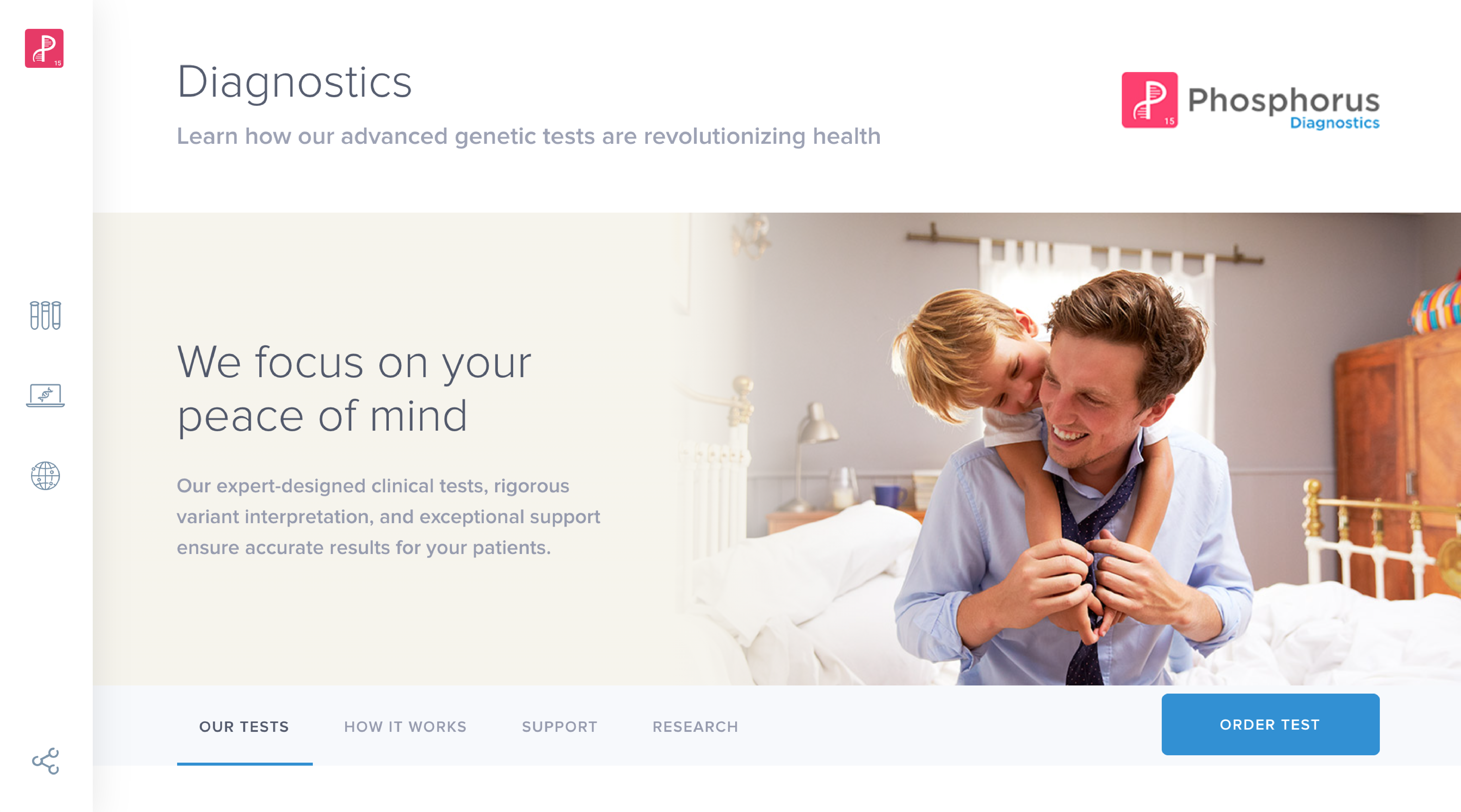
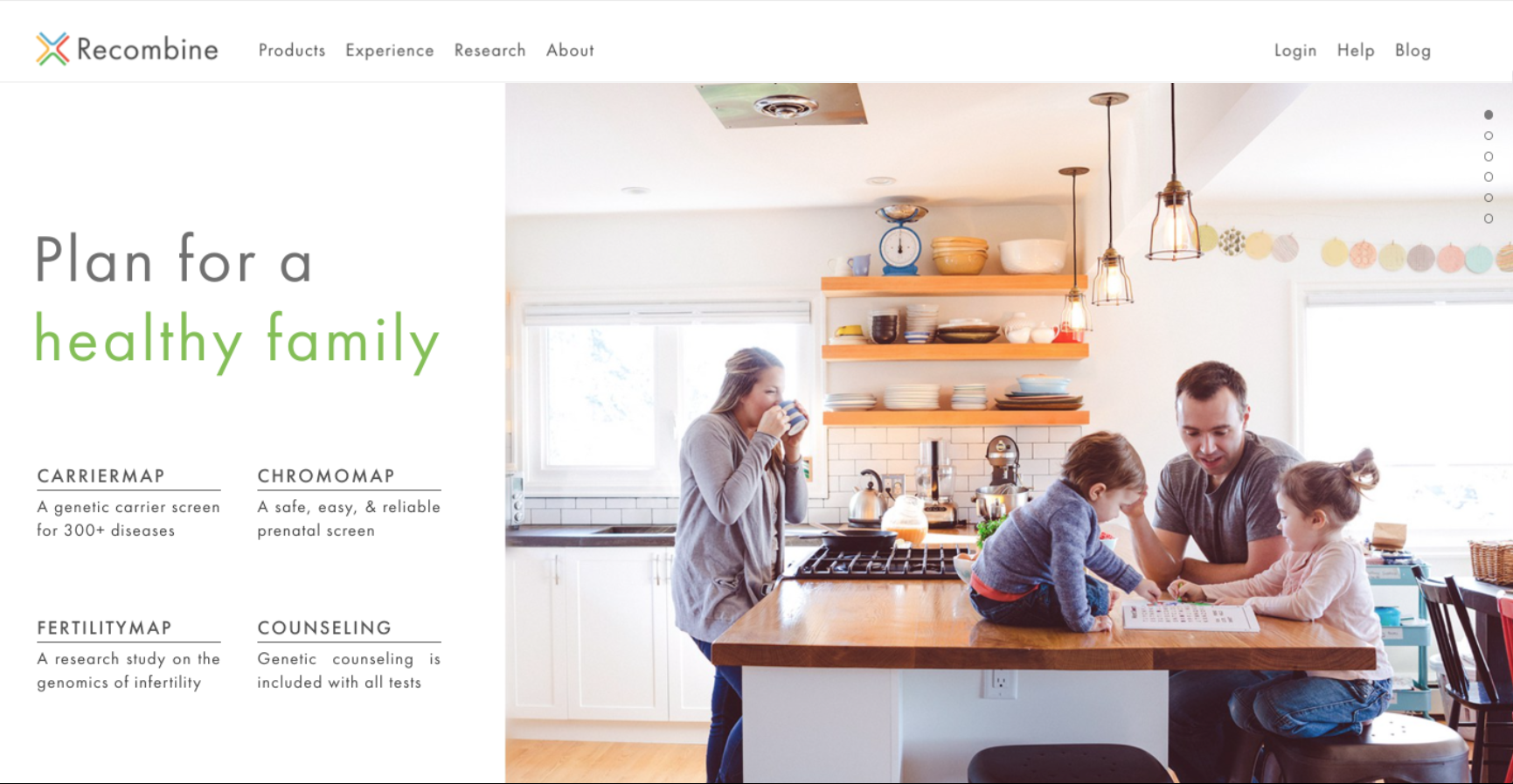
Project #4: RatTunnel.com
I created a fully-responsive MERN-stack e-commerce SPA for Midwest artist collective Rat Tunnel. I built the frontend with React and Redux, the backend with Node and Express, and the database from MongoDB using Mongoose, with PayPal API interaction for purchasing, and bcrypt/JWS for authentication.
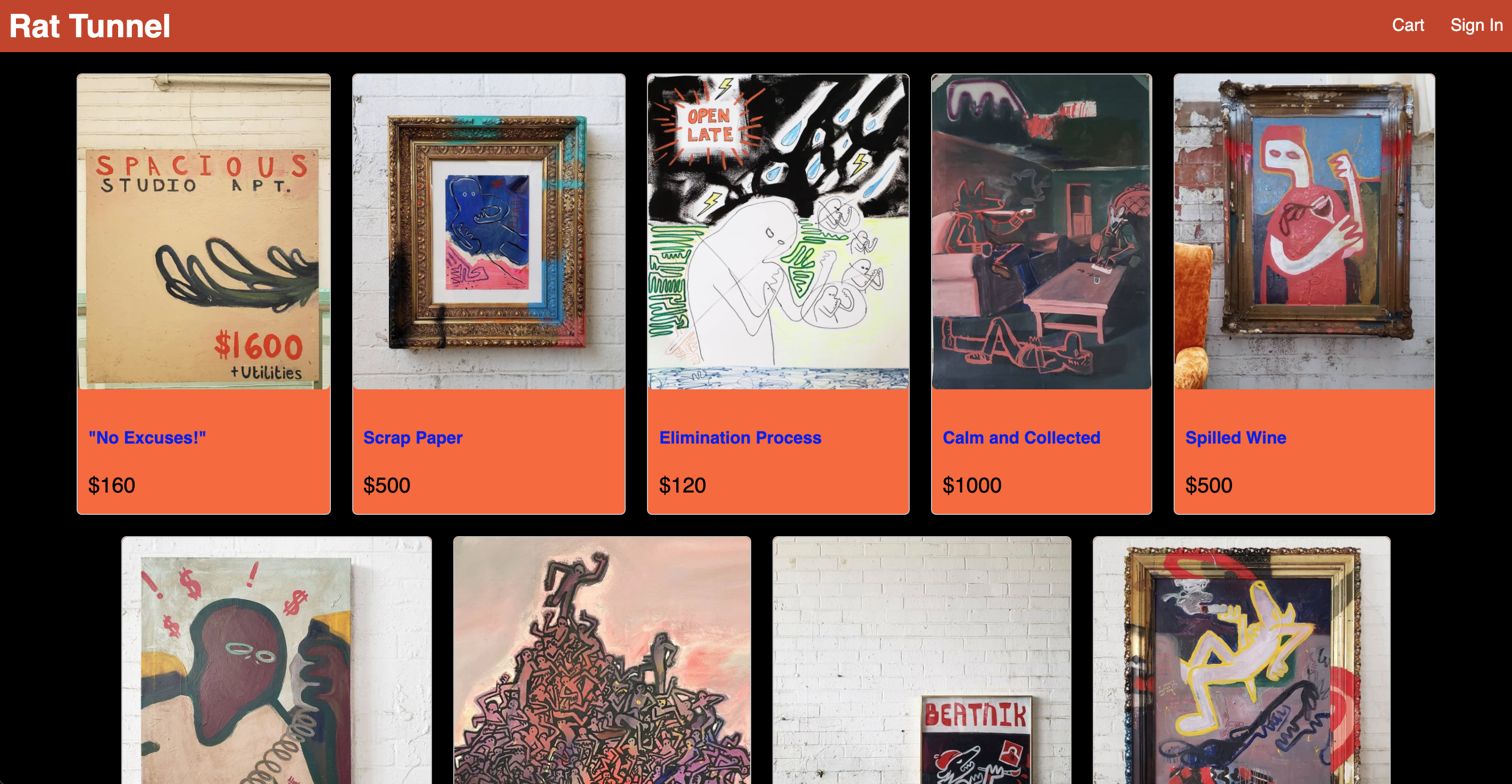
Project #5: Predicting Pneumonia from Chest Radiographs with Deep Learning
I created a deep learning model using chest X-rays to predict whether a patient has pneumonia, with an accuracy of ~98%. I was inspired to complete this project after reading The Digital Doctor by Dr. Robert Wachter, a leading academic physician. His book provides an overview of how technology is revolutionizing healthcare, both for better and worse. One of his examples is in the field of radiology, where artifical intelligence is outperforming specialists, who are typically extremely expensive and in short supply (at least in the U.S.). Deep learning models can be trained to identify disease, in order to fill existing gaps in healthcare. I created this project in Google Colab, using a Kaggle dataset.
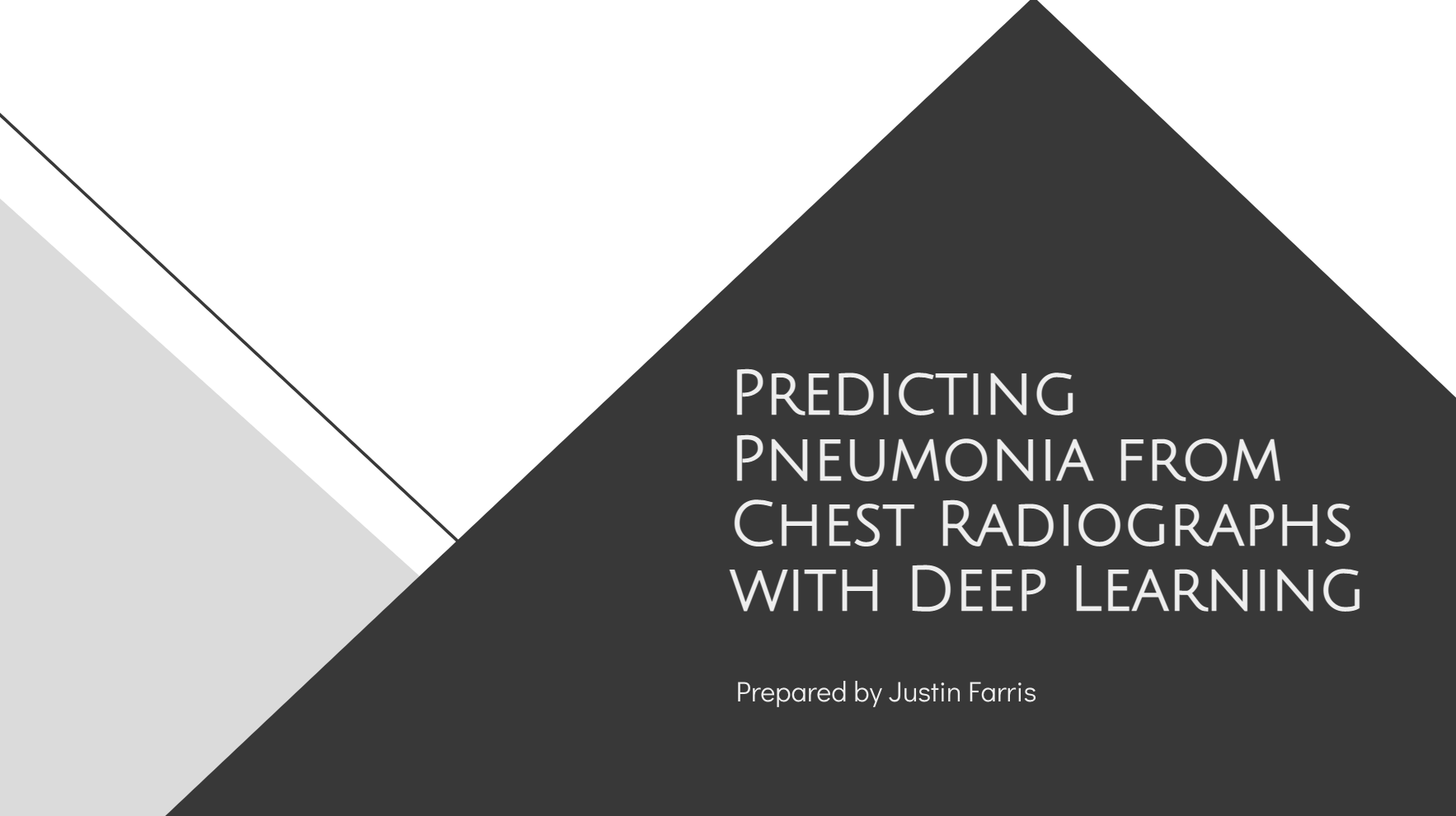
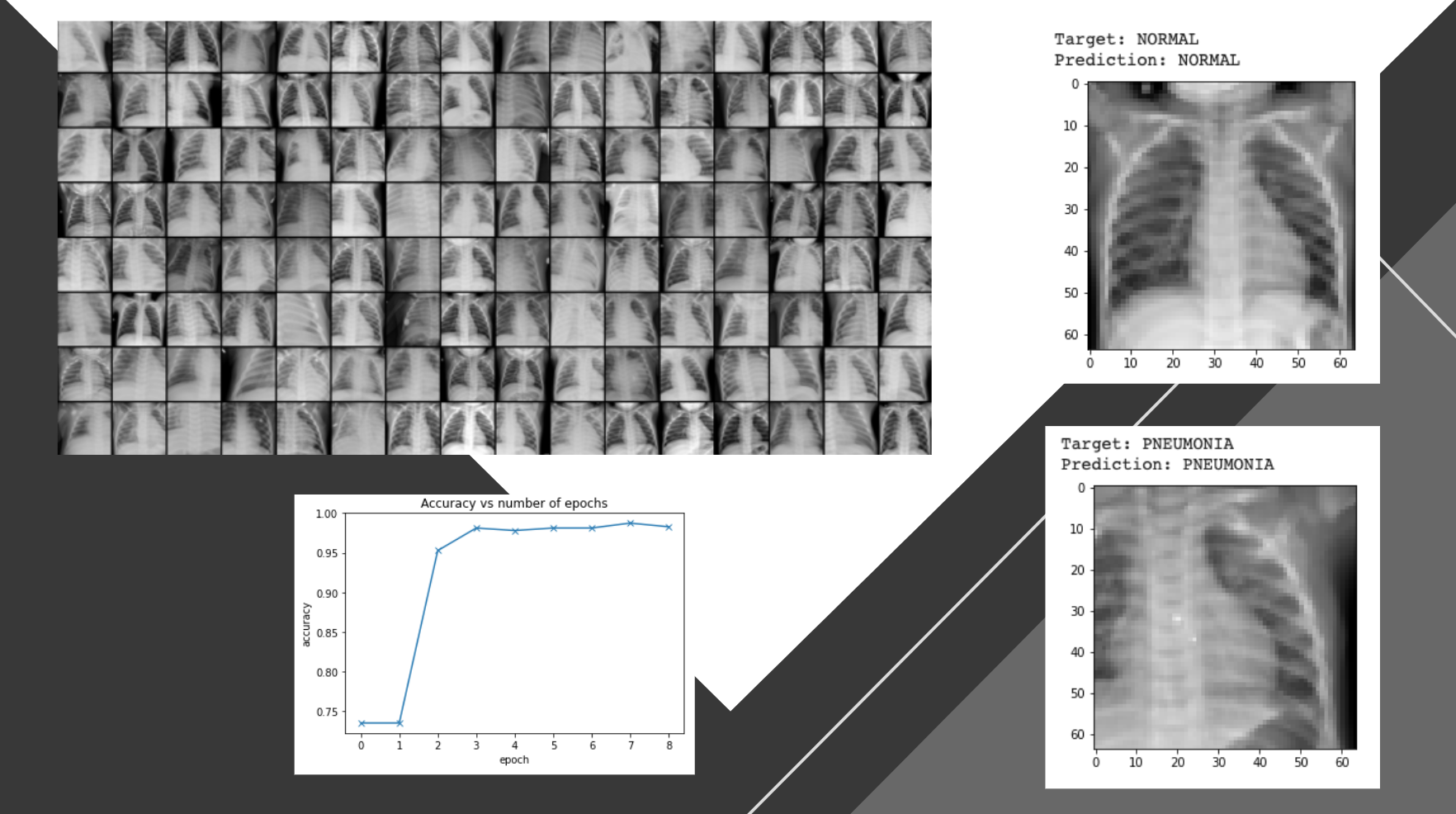
Project #6: Decent Labs
I created a prototype for Decent Labs outlining a circular data journey from user input on the frontend to Ethereum blockchain back to server, database, and finally, frontend. I built the frontend in React, connected to the Ganache blockchain through MetaMask in the browser and wired to a local Ganache blockchain through the Truffle framework and Web3. I wrote a smart contract with the Solidity language that emitted events to the server, which listened through a Web3 connection, then transformed the emitted data with a ROT13 cipher and saved it to a local database using Mongoose. Finally, I returned the manipulated data to the user with server-sent events using an EventSource in componentDidMount. You can explore the finished product here.
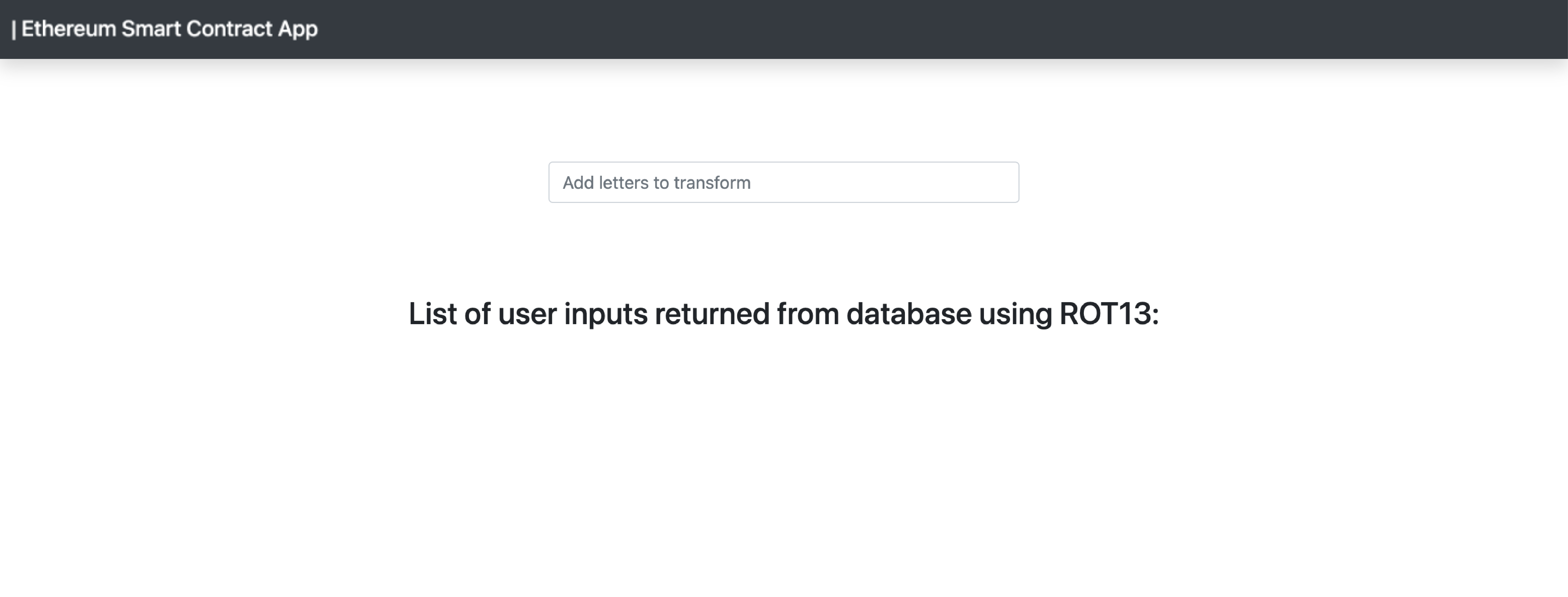
Project #7: Outsite
In this project, I rebuilt Outsite's main Locations page, along with its central app functionalities, including dynamic filtering based on user preferences and multi-field search. For appearance, I used React, Headless UI, and Tailwind CSS, as well as various functional libraries, like Axios and lodash. You can spin it up here.
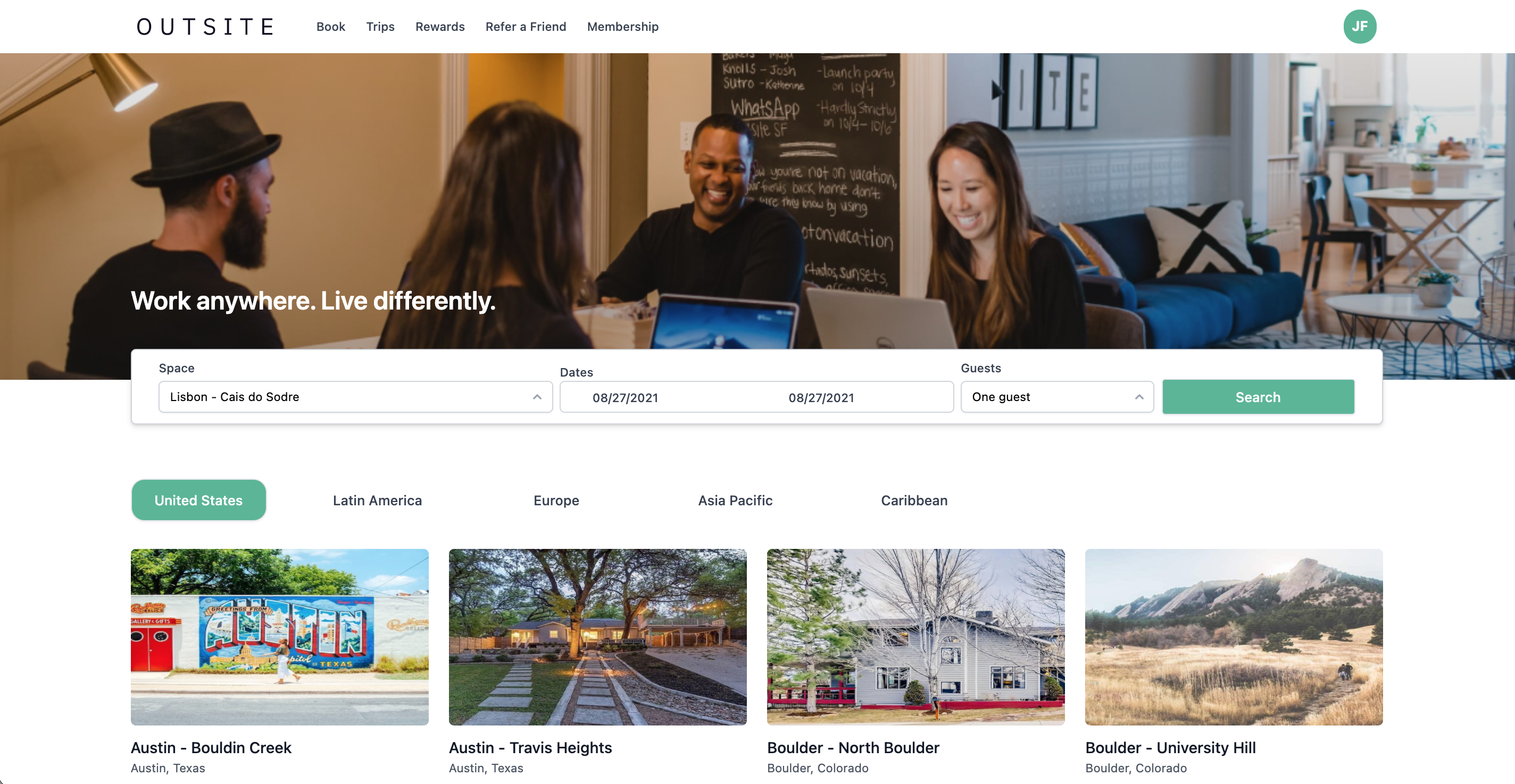
Project #8: ASL Letter Prediction with ResNet9 and PyTorch
I performed single label classification on a Kaggle dataset of ASL letters using PyTorch and ResNet9 deep learning architecture. The model can be used as the basis of computer vision ASL interpretation using the OpenCV library. The model achieved an accuracy of ~99%.
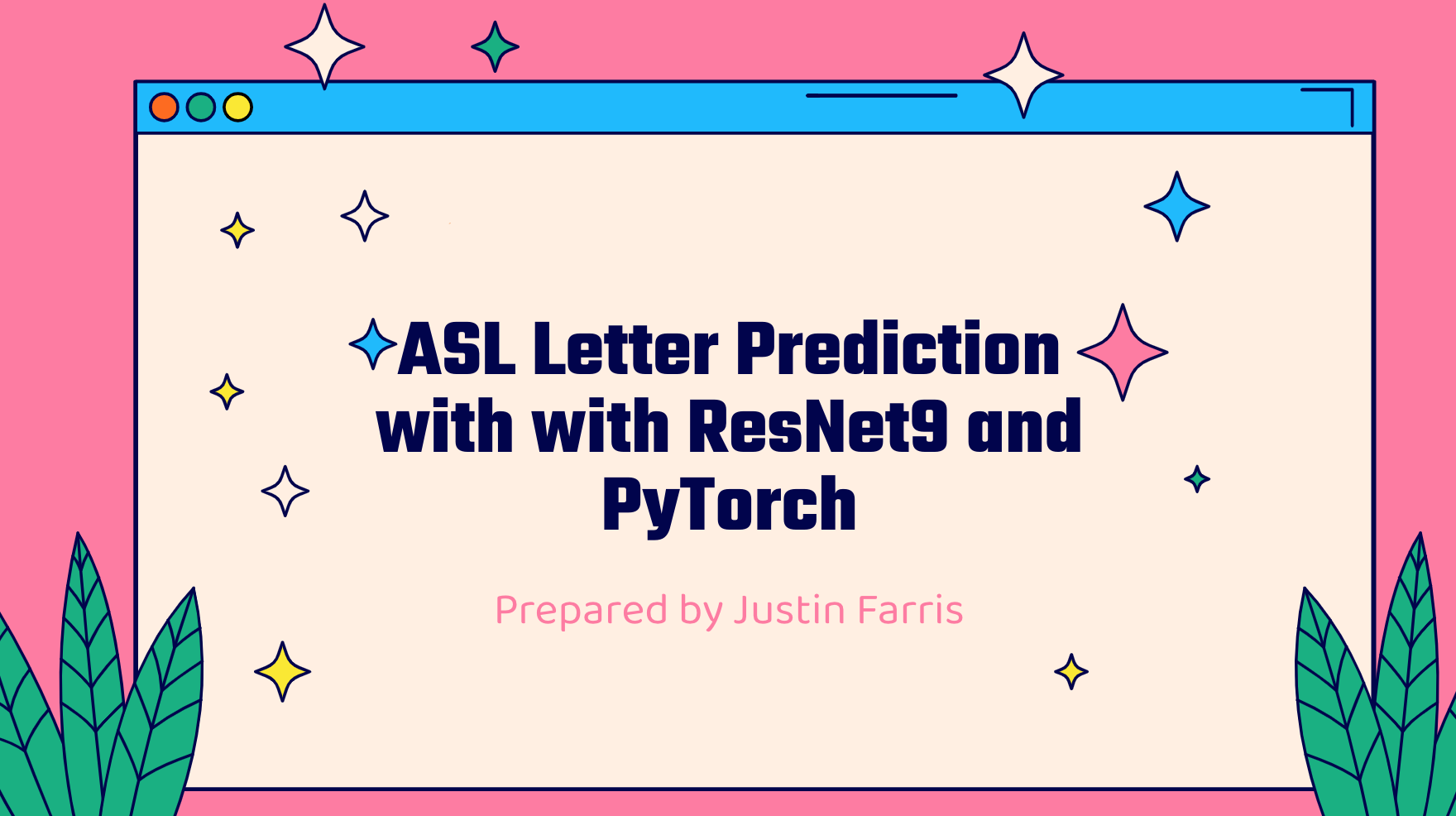
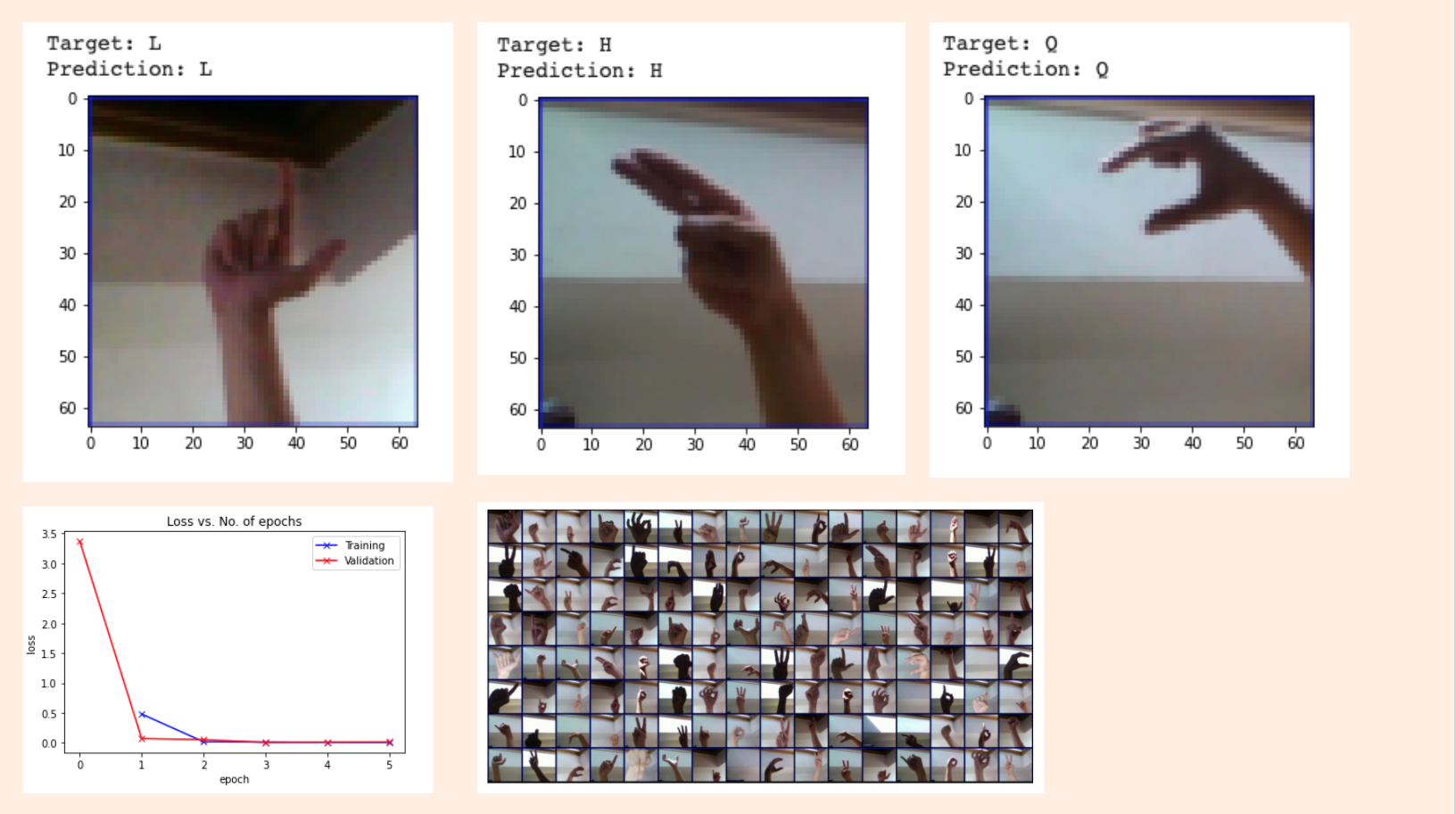
Project #9: BUG CATCHER, the non-stressful bug tracker
In this project, I built a React-Redux frontend for tracking bugs, constructed the server with express.Router, and connected it to MongoDB through the Mongoose ORM. I focused on creating a pleasing interface with particular attention to color psychology and fun illustrations in order to take away the stress of dealing with broken code. I am currently rebuilding parts of the app, but you can play around with it through this link.

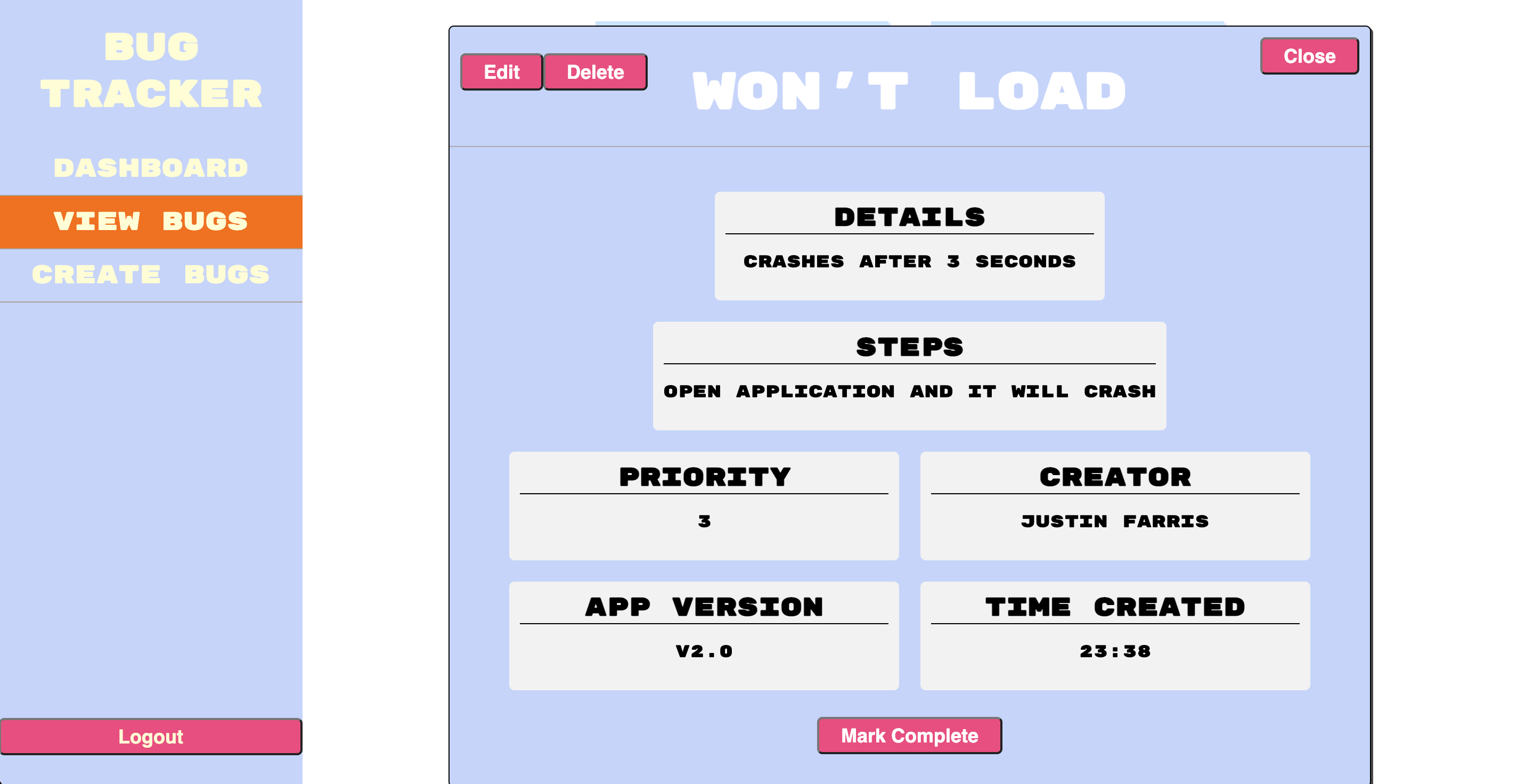
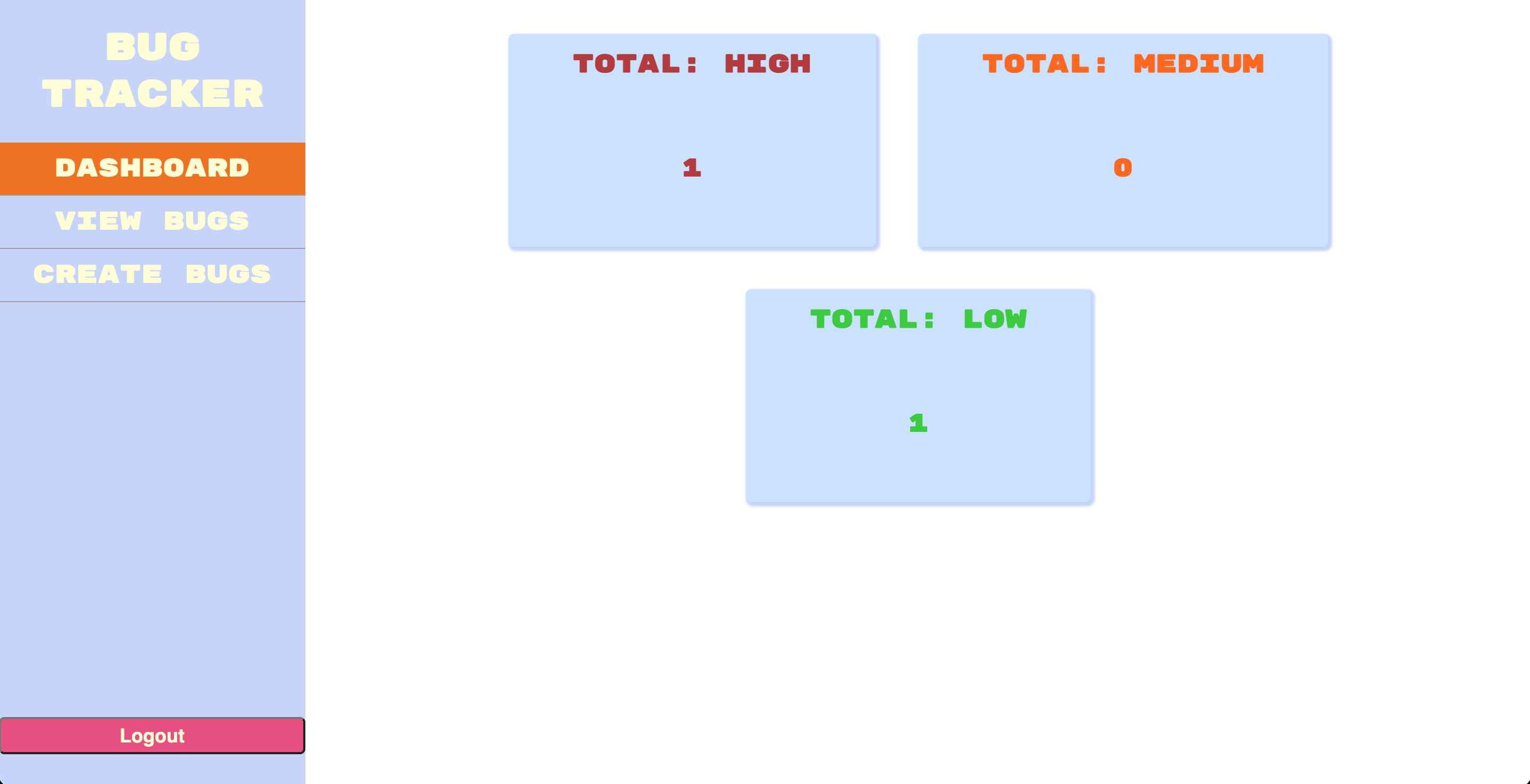
Project #10: Predicting user religion from OkCupid profile data using machine learning methods
In this project, I used machine learning to predict OkCupid user religion based on anonymized demographic information. The data comes from a publicly-available dataset published in the Journal of Statistics Education. I tested multiple scikit-learn models, including logistic regression, the CART model, and the k-neighbors classifier, with cross-validation. With this analysis, a company like OkCupid could impute religion data when users don't enter it manually, in order to help potential partners find each other based on shared spiritual beliefs. You can view my code here.
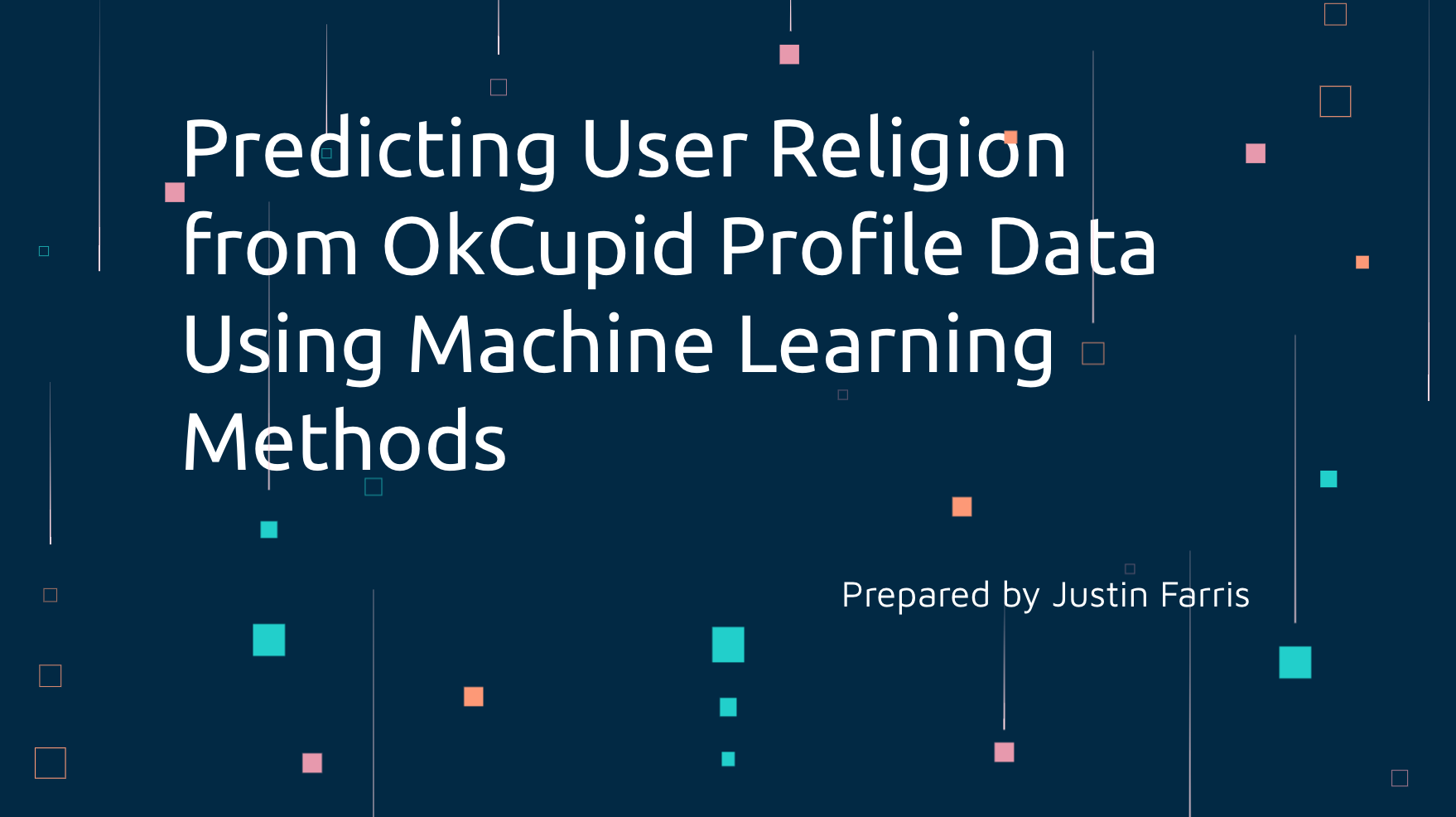
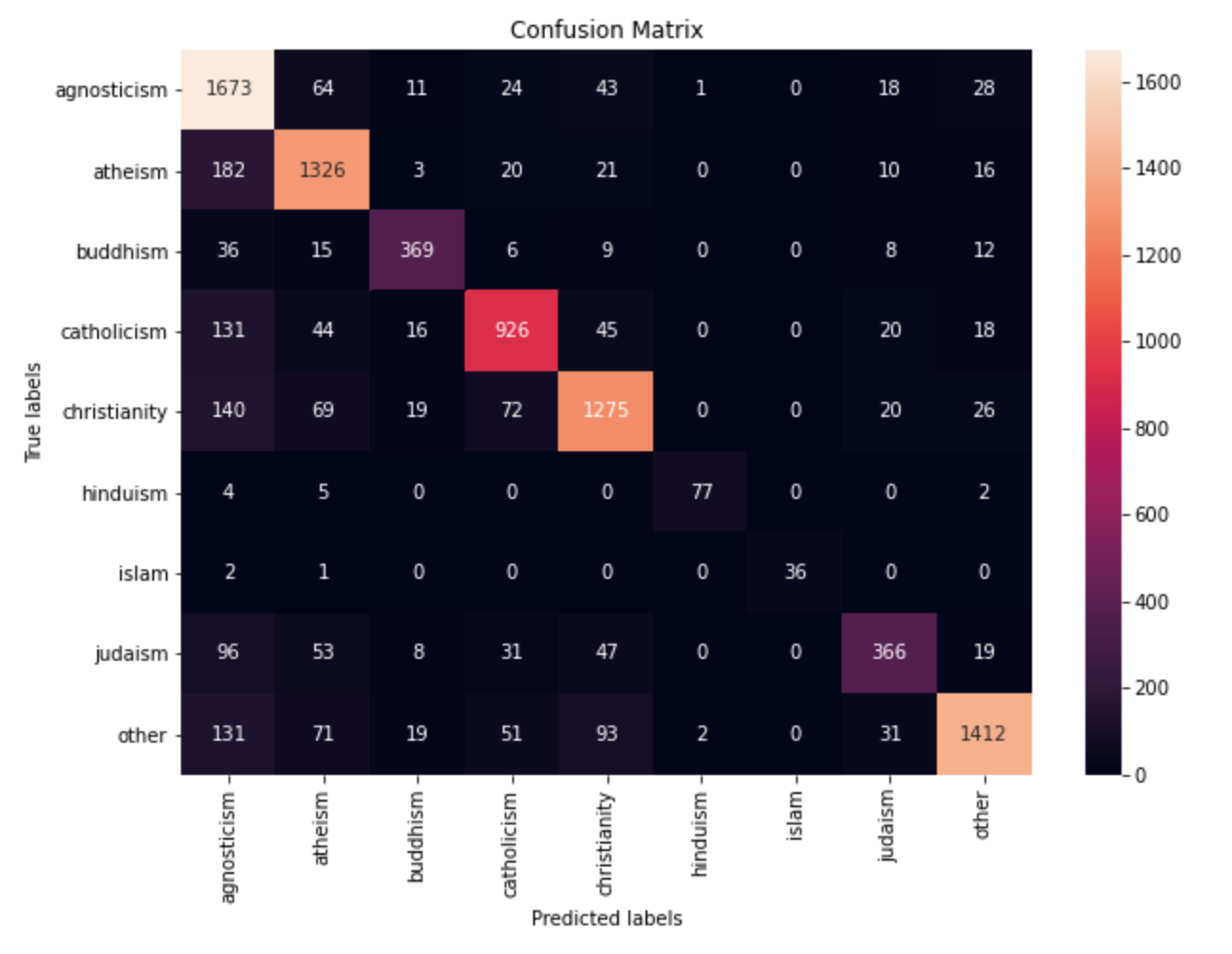
Project #11: miniExtensions
For this project, I created a proof-of-concept browser-based application with a simple UI for miniExtensions (a California-based company). The app allows a user to search a student's name and receive back their associated classes and classmates through Airtable API filters. Its state is stored fully in Redux. You can check out my two separate approaches here: here and here.
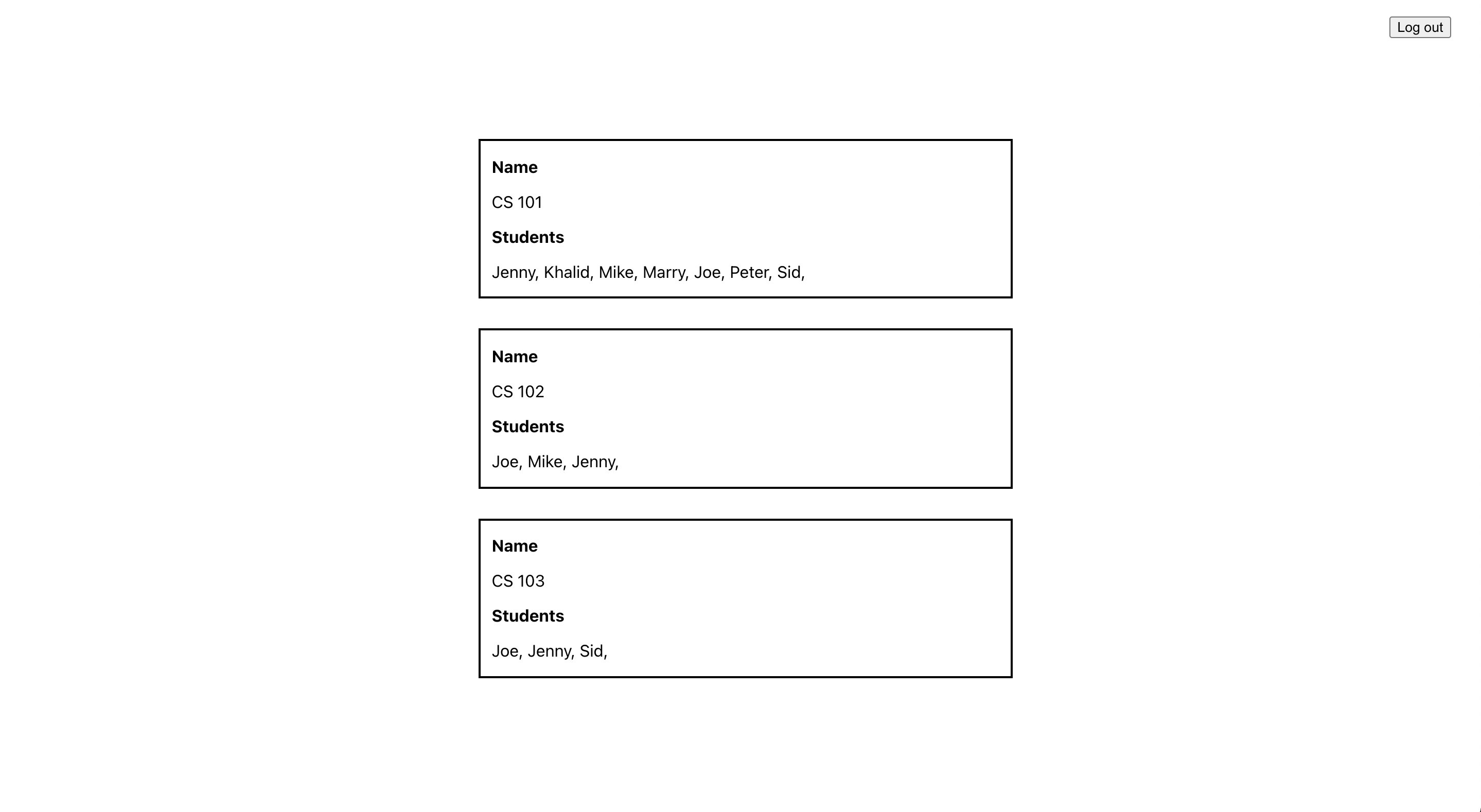
Project #12: Creative coding with p5.js
I like to generate and fork creative repos across platforms to make digital art with code (such as the header at the top of this page). The samples below are "Rutabaga Zombie," "Dawnfruit/Duskfruit," and "Chromosome Pirouette" respectively, which I created with p5.js on OpenProcessing, an open-source community devoted to the artistic aspects of code. You can check out my profile here.
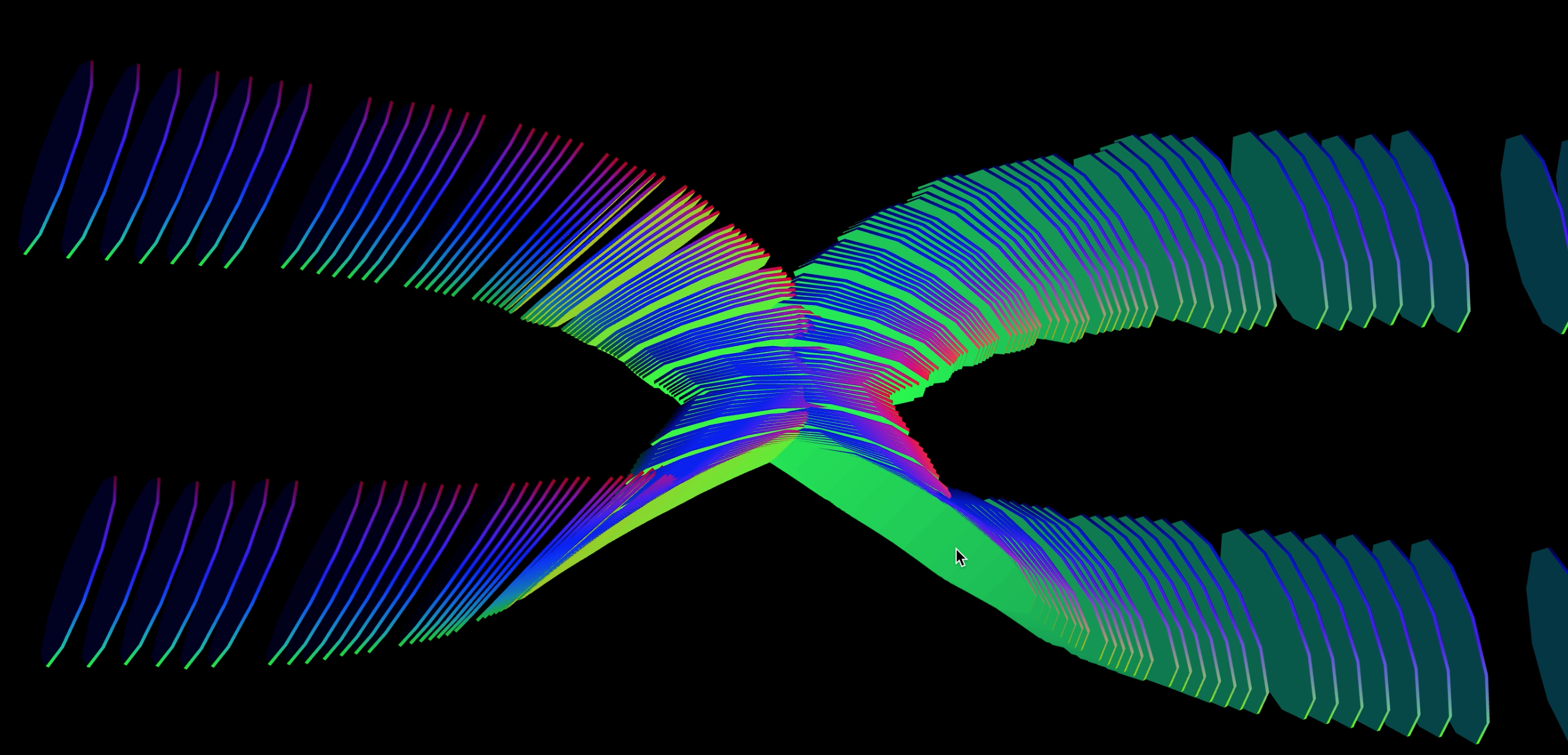

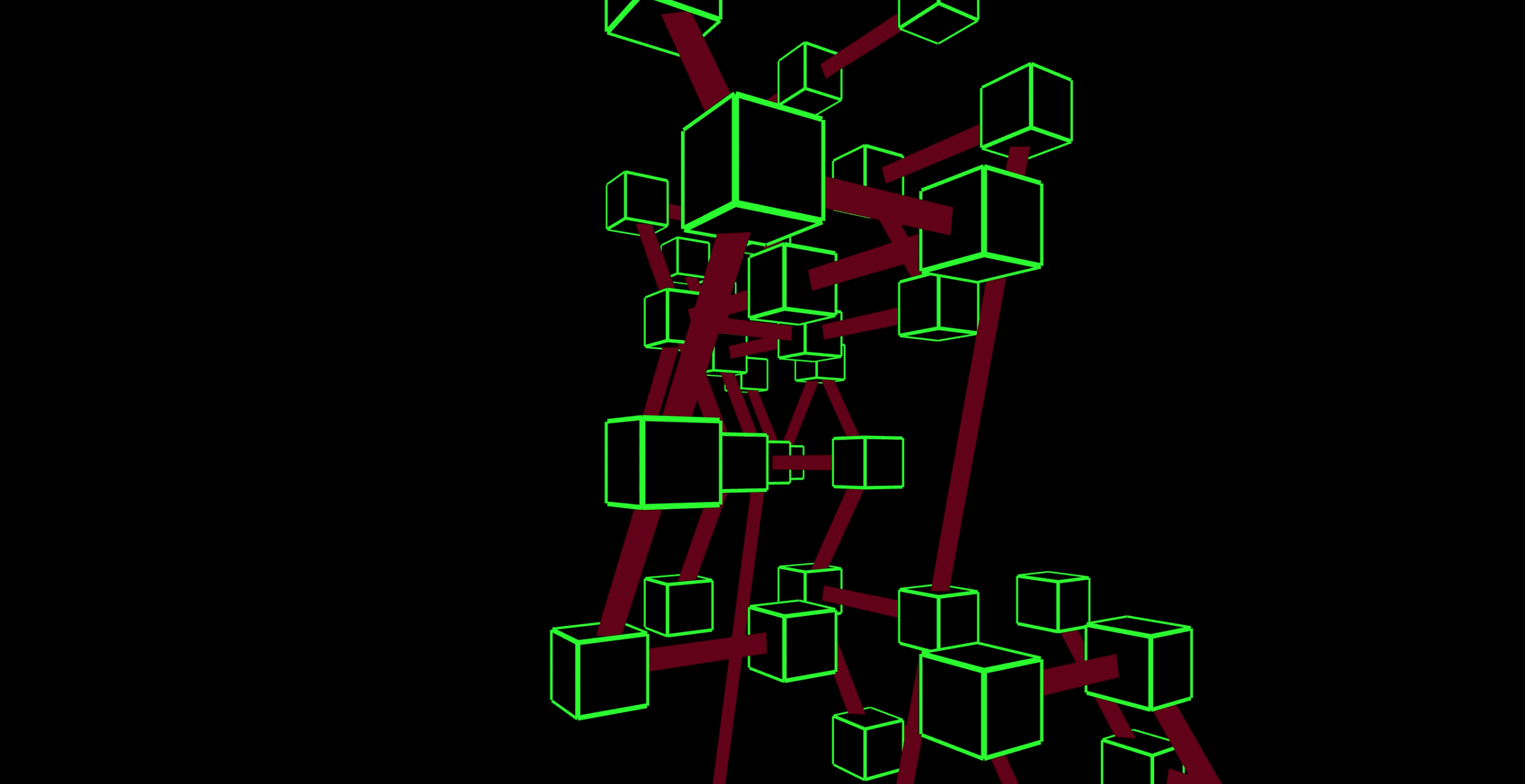
Project #13: Pierre's Polynomial Mustache
Pierre's Polynomial Mustache is a simple, educational visualizer for the concepts of both polynomial regression and the ML tuning parameter known as "learning rate." It's built with TensorFlow and p5.js, drawing inspiration from the work of Daniel Shiffman, an Associate Professor at NYU. The user plots data points (in the world of the story, chickenpox blisters), which Pierre then tries to cover with his polynomial mustache, just like a data scientist would try to fit a regression line. When the degree of the polynomial gets too high, Pierre's mustache becomes impractical and silly, just like an overfitted model. You can play with Pierre here.
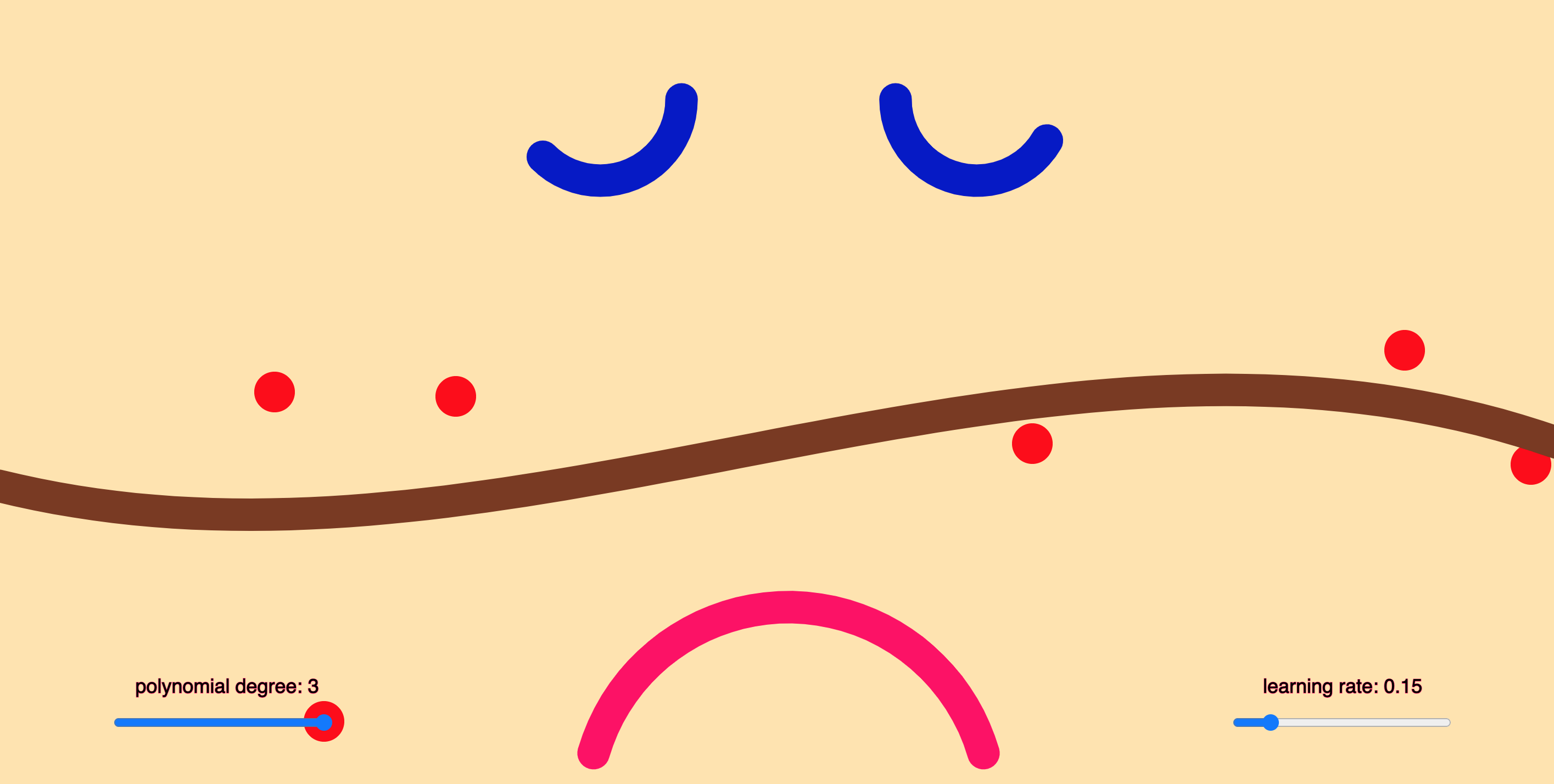
Project #14: Frisky Figures
P-value, t-test, F-test, F1-score, Z-test, Q-statistic, k-fold validation, R, R2...the list goes on. Without convenient mnemonics, how can statistics beginners keep it all straight? In this project, I'm building the field guide I wish I'd had from the start, with tips that are sophisticated, but written in plain English. I'm drawing inspiration from all of my favorite non-curricular, supplemental resources that helped me get started, like blog.minitab.com and statquest.org. I'm also making the end product colorful and interactive, like seeing-theory.brown.edu, 3Blue1Brown, and thecrashcourse.com. And I'm making it free! This project is a work in progress, but in the meantime, check out my dedicated Github page, here.
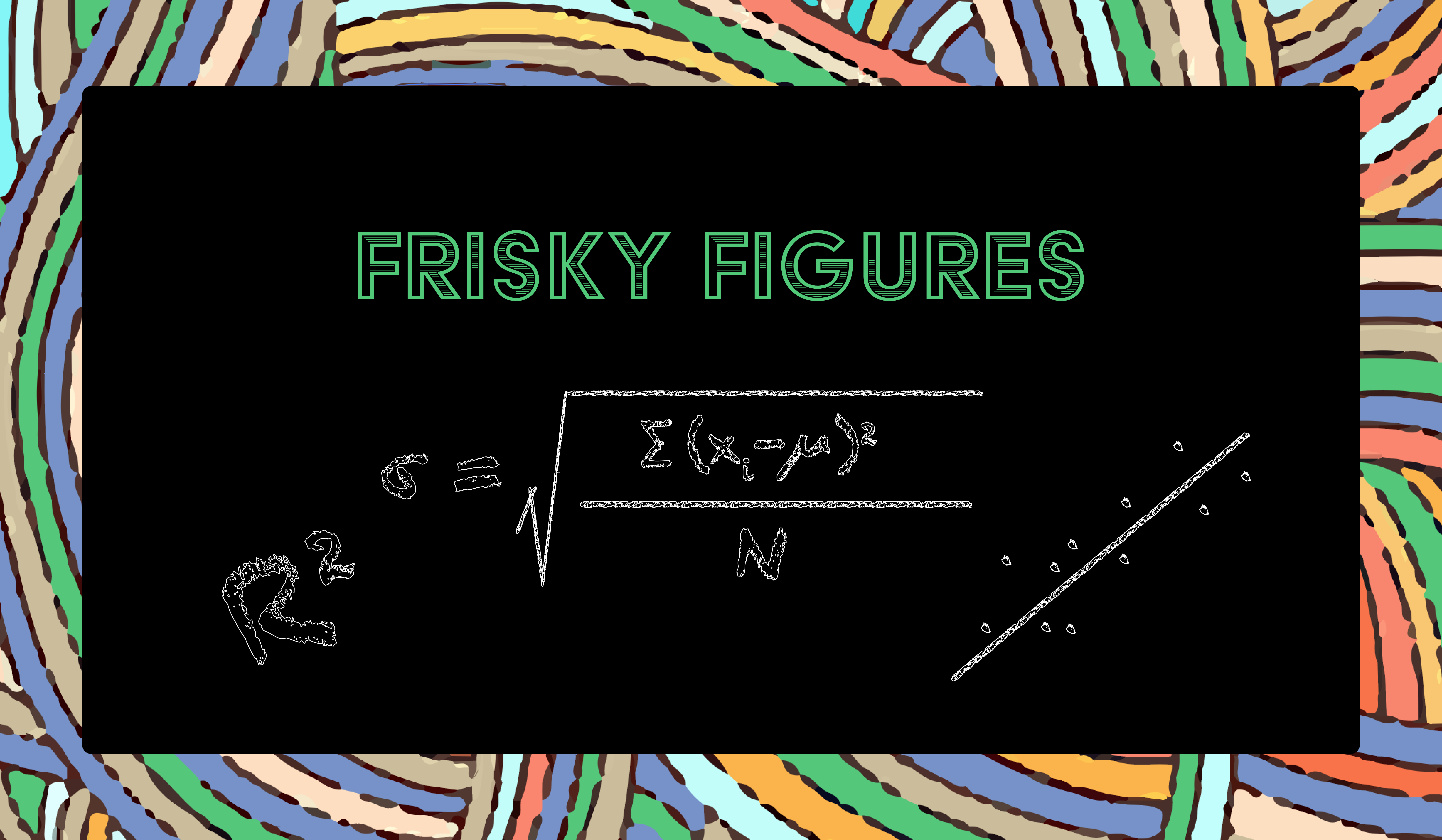
Projects #N - #N+1
Check back often! I'm frequently updating my work with new projects. Right now, I'm focused on building a dates reminder app for both iOS and Android, but I've been up to some other things as well: building an algorithmic trading bot with Python, running stock sentiment analyses, producing depth maps through webcam, creating Spark AR filters, enabling face recognition for computers, designing an interactive explorer map using the Unity engine, and analyzing national homeschooling data with the NHES surveys program of 2019.